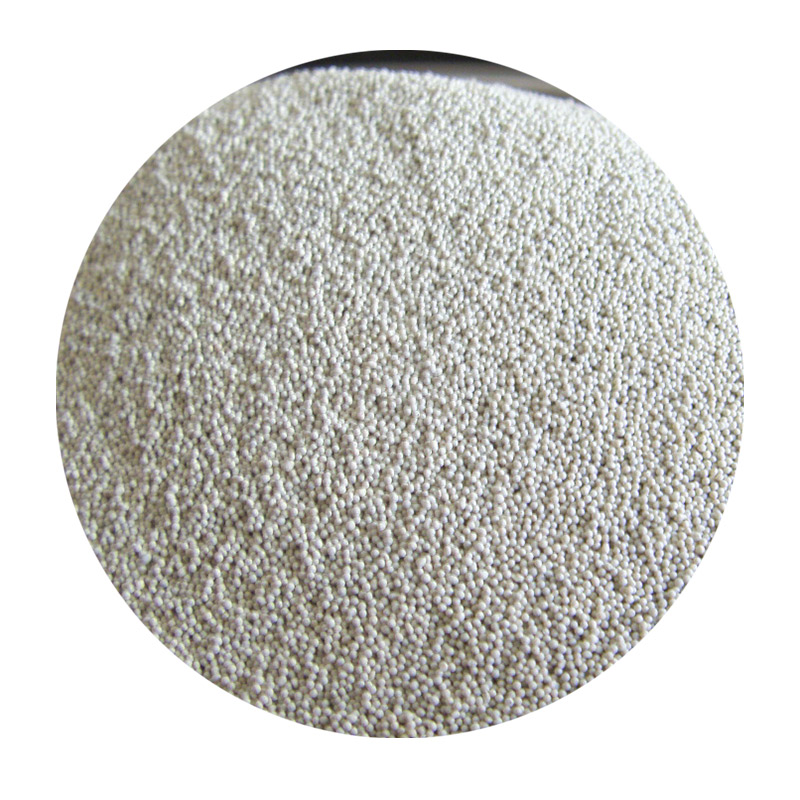The Difference Between Sand Casting and Investment Casting
Casting is a widely used manufacturing process that involves pouring molten metal into a mold to create parts or products. Among the various casting methods, sand casting and investment casting are two of the most popular techniques, each with its own unique advantages, disadvantages, and applications. Understanding the differences between these two methods can help manufacturers choose the best process for their specific needs.
Sand Casting
Sand casting is one of the oldest and most versatile casting methods. It involves creating a mold from sand, typically mixed with a bonding agent like clay and water. The process begins with forming a pattern, which is a replica of the desired final product. This pattern is then used to create a cavity in the sand. Once the mold is prepared, molten metal is poured into the cavity, allowed to cool, and then removed from the mold after solidification.
One of the main advantages of sand casting is its cost-effectiveness. The materials used (sand and clay) are relatively inexpensive, and sand molds can be made quickly. Additionally, sand casting is capable of producing large and complex shaped parts, making it suitable for a wide variety of industries, including automotive, aerospace, and construction.
However, sand casting also has its downsides. The surface finish of parts produced by sand casting tends to be rough, which may require additional machining to achieve a smoother finish. Additionally, the dimensional accuracy is not as high as in other casting methods, which can be a concern for precision applications.
Investment Casting
difference between sand casting and investment casting

Investment casting, also known as lost-wax casting, is a more precise casting technique that offers superior surface finishes and dimensional accuracy. In this method, a wax pattern is coated with a ceramic shell, which is then heated to remove the wax, leaving a hollow mold. Molten metal is subsequently poured into the ceramic mold.
The key advantages of investment casting include its ability to produce intricate shapes and tight tolerances, making it ideal for complex parts that require high precision. The surface quality of investment cast parts is typically much better than that of sand casting, often requiring little to no finishing work. This method is commonly used in industries such as aerospace, medical devices, and jewelry.
However, investment casting comes with higher production costs and longer lead times compared to sand casting. The process involves multiple steps, including the creation of the wax patterns and the ceramic shell, which can increase the complexity and therefore the cost. Additionally, investment casting is generally not suited for very large parts due to the limitations of the mold materials.
Conclusion
In summary, sand casting and investment casting are two distinct casting techniques that serve different applications and industries. Sand casting is known for its cost-effectiveness and ability to produce large parts, albeit with lower precision and surface finish. On the other hand, investment casting allows for greater accuracy and finer surface details but comes at a higher cost and longer lead time.
When deciding between the two methods, manufacturers must consider factors such as the size and complexity of the part, required tolerances, surface finish, and budget constraints. By carefully evaluating these factors, engineers can select the most suitable casting method for their specific applications, ensuring optimal performance and quality in the final product.
Post time:Жел . 04, 2024 22:29
Next:simply sands ceramics
